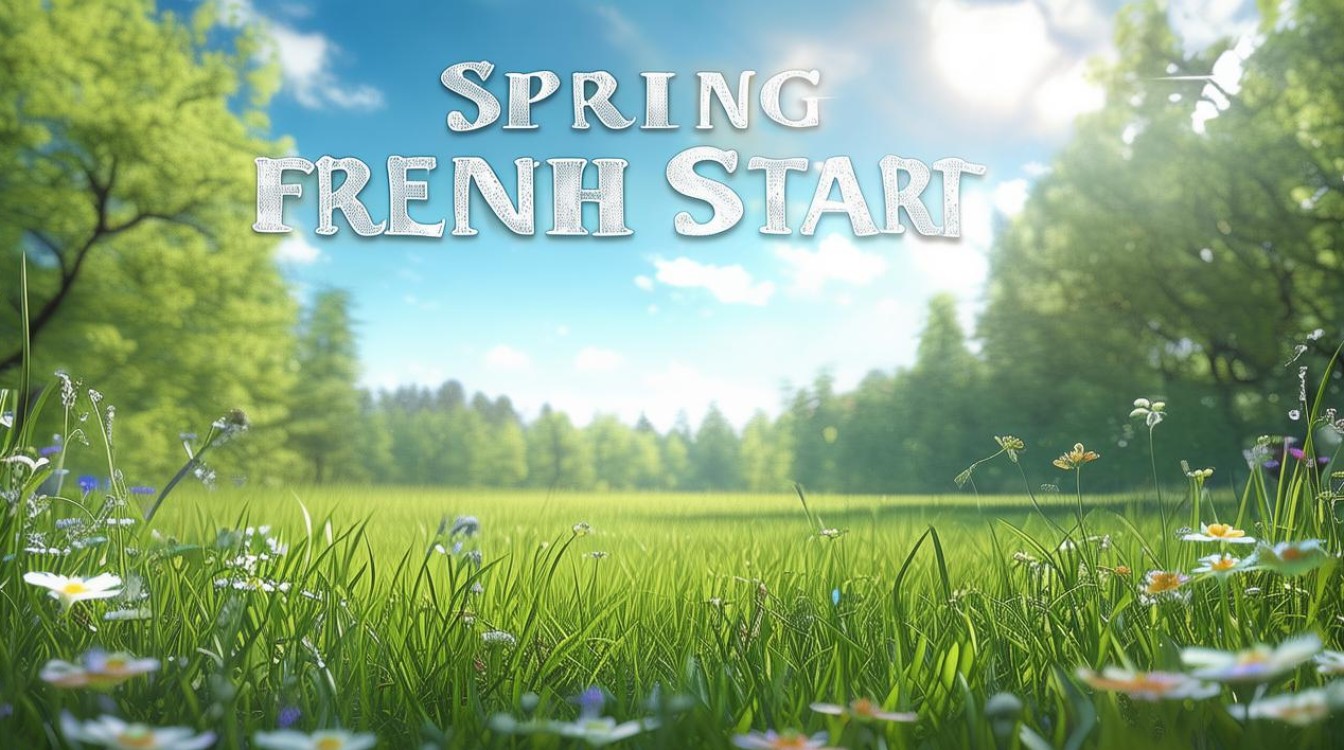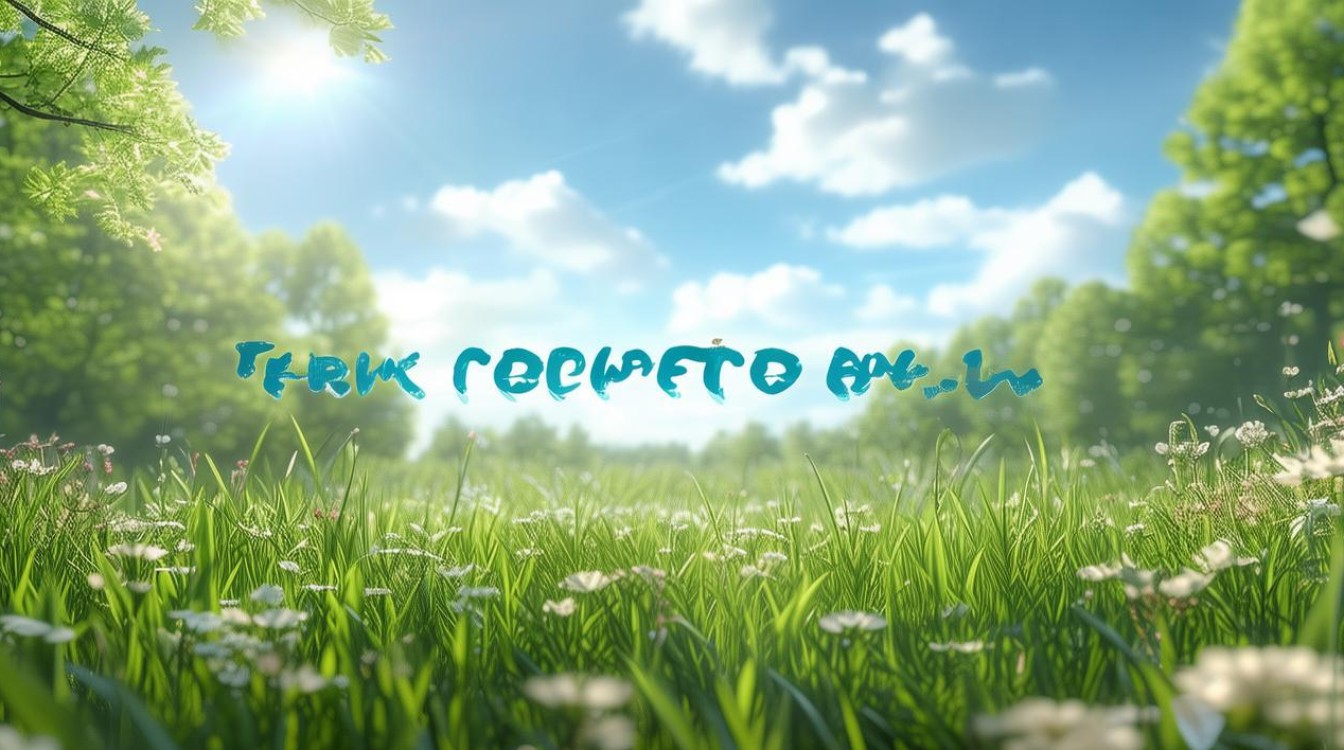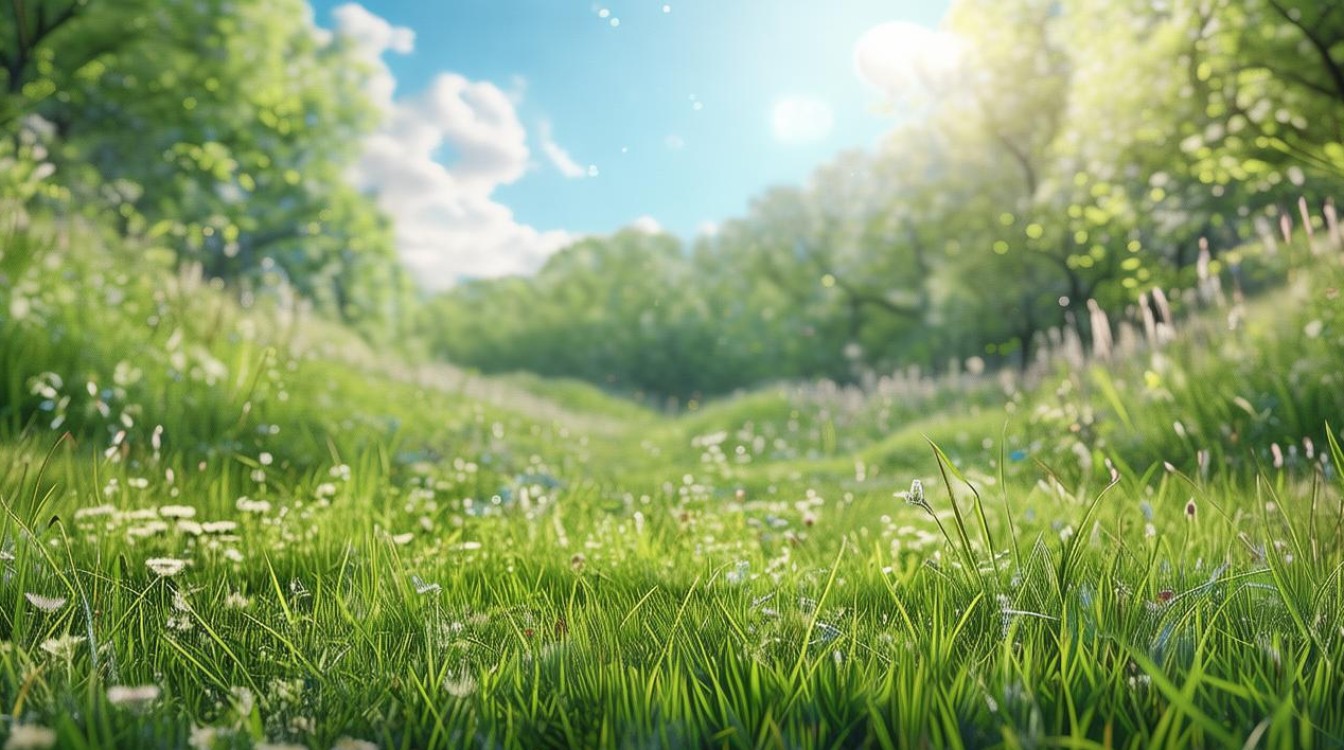The world around us changes its colors and moods as the year goes by. Each season brings something special, making life exciting and different. For young learners exploring English, understanding the four seasons helps build vocabulary while connecting with nature’s rhythms.

When winter’s chill fades, spring arrives like a gentle whisper. Trees grow new leaves, and flowers push through the soil. The air smells fresh after spring rains, and birds return from warmer places. Children love this season—they fly kites, plant seeds in school gardens, and spot butterflies dancing in the sunshine.
Words to learn: bloom, rainbow, puddle, seedling. A fun fact? Cherry blossoms in Japan symbolize spring’s beauty, celebrated with picnics under pink flowers.
Summer: Days of Sunshine and Adventure
Long days and warm nights define summer. Schools close, and families head to beaches or mountains. Ice cream trucks ring their bells, and kids chase fireflies at dusk. Farmers work hard under the sun, growing crops like watermelons and corn.
But summer isn’t just play; it teaches responsibility. Watering plants or helping with chores keeps minds active. Vocabulary like sunscreen, harvest, thunderstorm becomes useful. Did you know the Arctic has midnight sun—24 hours of daylight in summer?

Autumn: A Canvas of Colors
Leaves turn gold and red, crunching underfoot. Autumn is a season of change—animals gather food for winter, and people celebrate harvests with festivals. Pumpkins appear everywhere, carved into grinning jack-o’-lanterns for Halloween.
This season blends learning with fun. Counting fallen leaves improves math skills, while writing stories about scarecrows sparks creativity. Key terms: migration, cider, frost. In Canada, maple trees are tapped for syrup—a sweet autumn tradition.
Winter: Magic in the Cold
Snow transforms the world into a glittering wonderland. Children build snowmen, sip hot chocolate, and wait for Santa Claus. Winter nights are perfect for reading books by the fireplace.

But it’s not all about play. Feeding birds or studying how animals hibernate teaches kindness and science. Words like blizzard, mittens, solstice expand vocabularies. Finland even hosts a "Snow Castle" competition—artists carve hotels from ice!
Why Seasons Matter in Learning
Observing seasons sharpens observation skills. Keeping a weather journal practices English writing. Sorting autumn leaves by color or graphing summer temperatures mixes science with language.
Cultures worldwide celebrate seasons uniquely. India’s Holi Festival welcomes spring with colored powder, while Sweden’s Midsummer dances honor summer’s longest day. These traditions make geography lessons lively.
Nature’s cycle reminds us that change is natural—and beautiful. Just as trees adapt, students grow stronger with each season of learning. Whether splashing in spring puddles or crafting winter paper snowflakes, every moment is a chance to explore, question, and wonder.

The four seasons are like chapters in Earth’s storybook. Turning each page reveals new adventures, lessons, and reasons to love our planet. For young minds, this isn’t just science—it’s magic waiting to be discovered.


